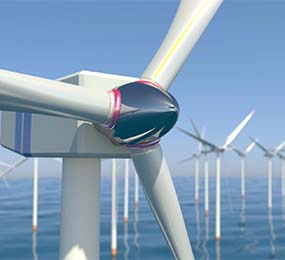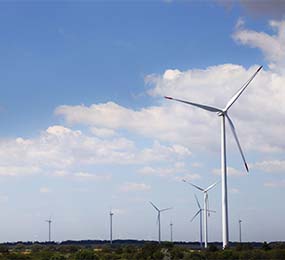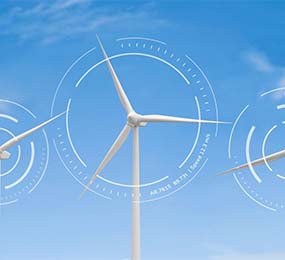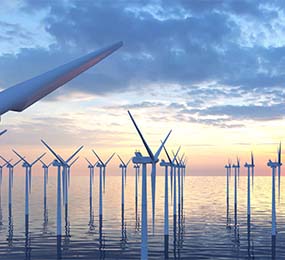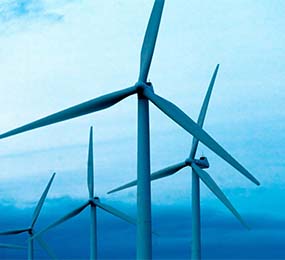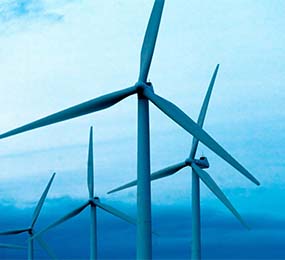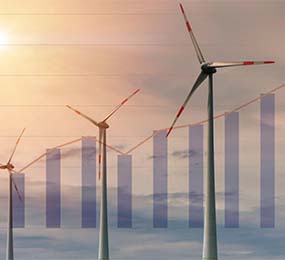Economic Viability of Wind Blade Material Recycling: Costs, Benefits, and Market Trends
The economic viability of wind blade material recycling is a topic of growing importance in the renewable energy industry. Wind turbine blades, typically made of composite materials, pose challenges for disposal at the end of their operational life. Here's an overview of the economic aspects of wind blade recycling:
Costs: Recycling wind turbine blades involves various costs, including collection, transportation, dismantling, and processing. These costs depend on factors like blade size, location, and the recycling technology used. However, recycling costs are often lower than those of disposal in landfills or incineration.
Benefits: Wind blade recycling offers several economic benefits. It reduces landfill and disposal fees, lowers the environmental impact, and conserves raw materials. Additionally, it can create jobs and stimulate the growth of a recycling industry.
Market Trends: The wind blade recycling industry is evolving. New technologies are emerging to make recycling more efficient and cost-effective. Governments and industry stakeholders are increasingly recognizing the importance of recycling in achieving sustainability goals, which may lead to supportive policies and incentives.
In conclusion, while challenges remain, the economic viability of wind blade material recycling is improving as the industry matures and technology advances. It offers economic advantages while aligning with environmental and sustainability objectives in the renewable energy sector.
Visit our website to know more: https://www.leadventgrp.com/events/2nd-annual-wind-blade-materials-and-recycling-forum/details
For more information and group participation, contact us: [email protected]
Leadvent Group - Industry Leading Events for Business Leaders!
www.leadventgrp.com| [email protected]


